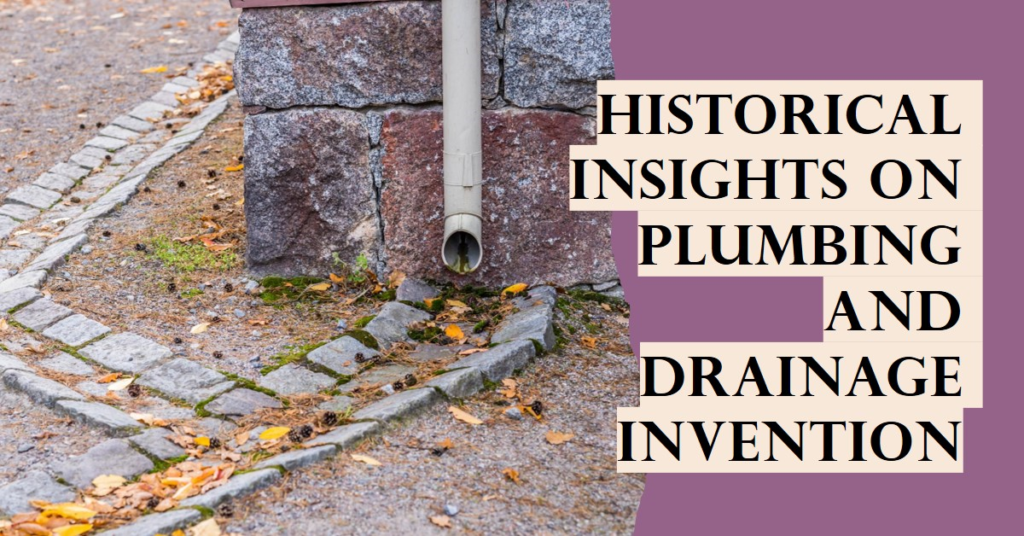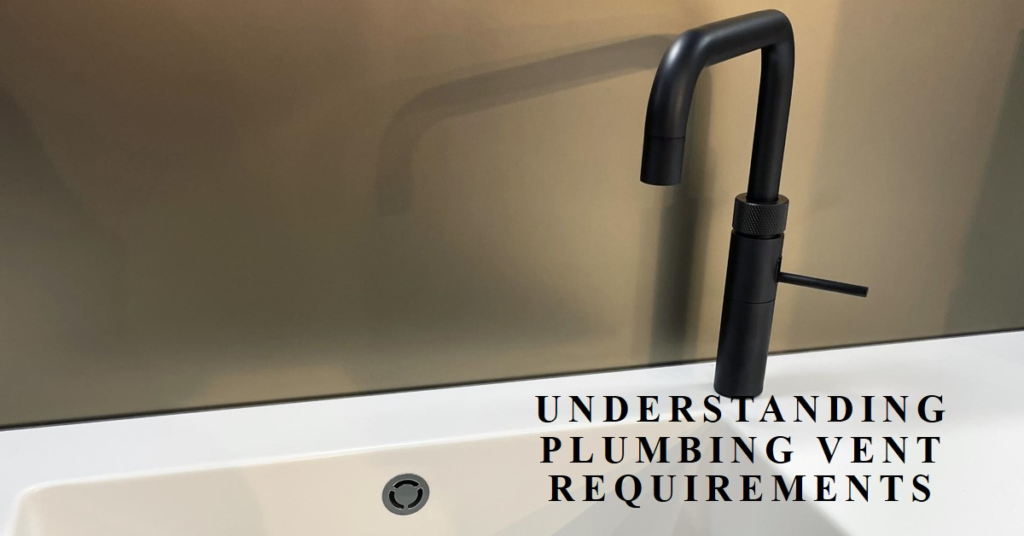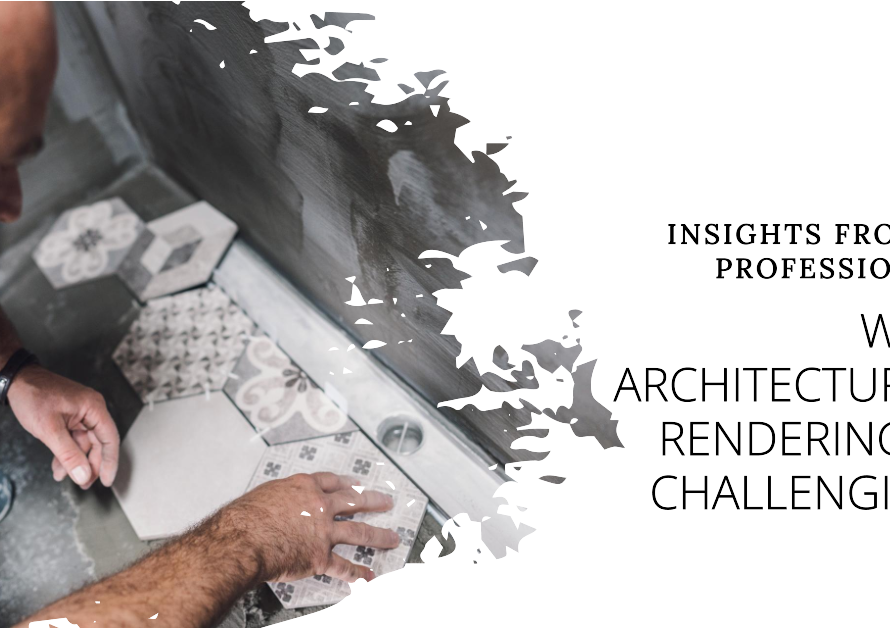
Table of Contents
- Introduction:
- The Roman Empire: Masters of Aqueducts and Sanitation
- Medieval Times: The Dark Ages of Plumbing
- The Renaissance: Rebirth of Engineering and Sanitation
- The Industrial Revolution: Plumbing in the Age of Progress
- Modern Plumbing: Innovations and Global Impact
- Cultural Influences: Plumbing Practices Around the World
- The Role of Legislation: Shaping Plumbing Standards
- Future of Plumbing: Innovations on the Horizon
- Conclusion: The Ever-Evolving Legacy of Plumbing and Drainage
Introduction:
The origins of plumbing and drainage systems can be traced back to ancient civilizations, where the need for sanitation and efficient water management first became apparent. In Mesopotamia, around 4000 BCE, the Sumerians developed early forms of drainage systems to manage storm water and sewage. These systems consisted of clay pipes and open ditches, showcasing the ingenuity of ancient engineers.
Simultaneously, the Indus Valley Civilization (circa 2500 BCE) showcased remarkable advancements in urban planning, including sophisticated drainage systems. Cities like Mohenjo-Daro had complex networks of covered drains, brick-lined sewers, and even private bathing areas, highlighting their commitment to public hygiene and water management.
The Roman Empire: Masters of Aqueducts and Sanitation
The Roman Empire stands out as a pivotal era in the history of plumbing and drainage. The Romans are renowned for their extensive aqueduct systems, which supplied water to cities, public baths, and private homes. These aqueducts, constructed using precise engineering techniques, spanned vast distances and were vital for sustaining urban life.
In addition to aqueducts, the Romans developed advanced sewer systems. The Cloaca Maxima, one of the world’s earliest sewage systems, efficiently removed waste from the city of Rome. This impressive structure, built around 600 BCE, was a testament to Roman engineering prowess and their understanding of the importance of sanitation for public health.
Medieval Times: The Dark Ages of Plumbing
The fall of the Roman Empire marked a decline in the development of plumbing and drainage systems. During the medieval period, much of the advanced knowledge of Roman engineering was lost, leading to unsanitary living conditions in many European cities. Open gutters and cesspits were common, contributing to the spread of diseases like the Black Death.
Despite these challenges, some medieval innovations emerged. Monasteries and castles often had rudimentary plumbing systems, including rainwater harvesting and basic latrines. However, these advancements were limited in scope and did not significantly impact the broader population’s health and sanitation.
The Renaissance: Rebirth of Engineering and Sanitation
The Renaissance period brought a renewed interest in engineering and scientific inquiry, leading to advancements in plumbing and drainage. Innovators like Leonardo da Vinci and Sir John Harington made significant contributions. Da Vinci’s detailed sketches of water systems and Harington’s invention of the flush toilet in 1596 were crucial steps forward.
Urbanization during this period also drove the need for improved sanitation. Cities like London began constructing more organized sewer systems, and public health reforms started to take shape. These efforts laid the groundwork for future advancements in plumbing technology and infrastructure.
The Industrial Revolution: Plumbing in the Age of Progress
The Industrial Revolution in the 18th and 19th centuries marked a transformative era for plumbing and drainage systems. Rapid urbanization and industrial growth necessitated the development of more efficient water supply and waste removal methods. Engineers like Thomas Crapper, often mistakenly credited with inventing the flush toilet, played a role in popularizing modern plumbing fixtures.
Innovations in materials and manufacturing, such as cast iron pipes and steam-powered pumps, revolutionized plumbing systems. Cities across Europe and North America invested heavily in building comprehensive sewer networks and water treatment facilities, drastically improving public health and living conditions.
Modern Plumbing: Innovations and Global Impact
The 20th and 21st centuries have seen remarkable advancements in plumbing technology and infrastructure. Innovations such as plastic pipes, water-efficient fixtures, and advanced wastewater treatment processes have transformed the industry. Global organizations like the World Health Organization (WHO) and the United Nations (UN) have emphasized the importance of access to clean water and sanitation as fundamental human rights.
In developing countries, efforts to improve plumbing and sanitation have significantly reduced waterborne diseases and improved quality of life. Modern plumbing continues to evolve, with a focus on sustainability, water conservation, and smart technology integration, ensuring that clean water and efficient drainage systems are accessible to all.


Cultural Influences: Plumbing Practices Around the World
Plumbing practices vary significantly across different cultures and regions, reflecting diverse approaches to water management and sanitation. In Japan, for example, advanced toilet technology, including bidets and heated seats, demonstrates a high level of sophistication and emphasis on hygiene. Conversely, in rural parts of Africa and Asia, innovative low-cost solutions, such as composting toilets, address sanitation challenges in resource-limited settings.
Understanding these cultural influences provides valuable insights into how societies adapt their plumbing and drainage systems to meet unique environmental and social needs. It also highlights the importance of culturally sensitive approaches when implementing global sanitation initiatives.
The Role of Legislation: Shaping Plumbing Standards
Government regulations and standards have played a crucial role in shaping modern plumbing practices. In many countries, building codes mandate specific requirements for plumbing installations, ensuring safety, efficiency, and environmental sustainability. Organizations like the International Association of Plumbing and Mechanical Officials (IAPMO) develop codes that guide the plumbing industry worldwide.
Legislation has also driven advancements in water conservation, with regulations promoting the use of low-flow fixtures and encouraging the adoption of greywater recycling systems. These measures help mitigate the impact of water scarcity and promote sustainable water management practices.
Future of Plumbing: Innovations on the Horizon
As we look to the future, the plumbing industry continues to innovate and adapt to emerging challenges. The integration of smart technology, such as IoT-enabled water management systems, allows for real-time monitoring and control of water usage, leak detection, and energy efficiency. These advancements contribute to more sustainable and efficient plumbing systems.
Furthermore, the focus on green building practices and sustainable urban development will drive the adoption of eco-friendly plumbing solutions. Innovations in wastewater treatment, rainwater harvesting, and water recycling will play a critical role in addressing global water challenges and ensuring a sustainable future for generations to come.
Conclusion: The Ever-Evolving Legacy of Plumbing and Drainage
The history of plumbing and drainage is a testament to human ingenuity and the continuous quest for improved sanitation and water management. From ancient civilizations to modern innovations, the evolution of plumbing reflects our ongoing efforts to enhance public health, environmental sustainability, and quality of life.
As we move forward, understanding the historical context of plumbing and drainage systems provides valuable insights into the challenges and opportunities that lie ahead. By learning from the past and embracing future innovations, we can ensure that clean water and efficient sanitation remain accessible to all, contributing to a healthier and more sustainable world.


